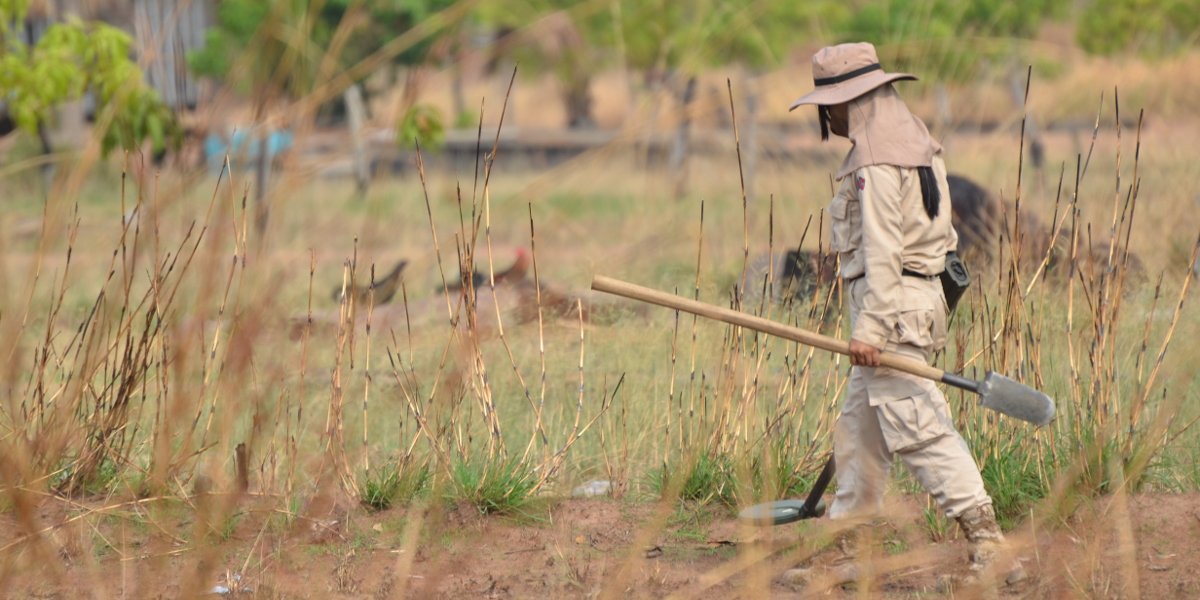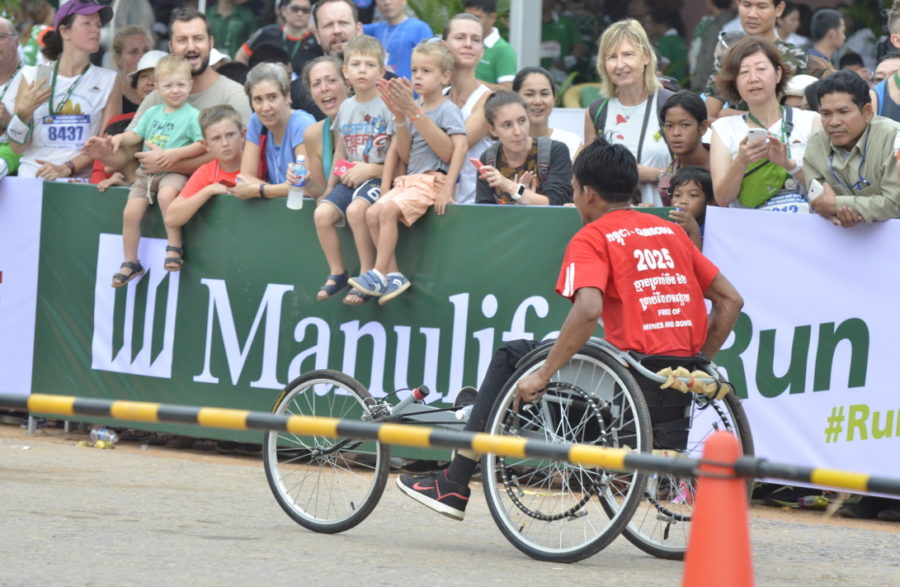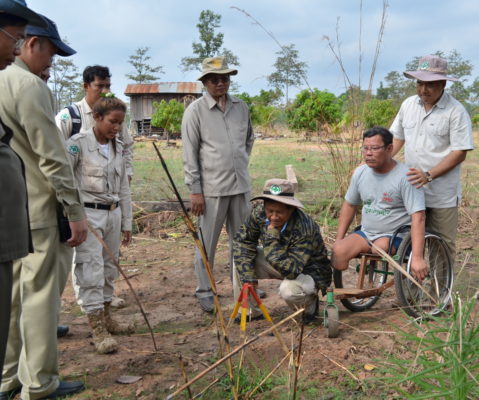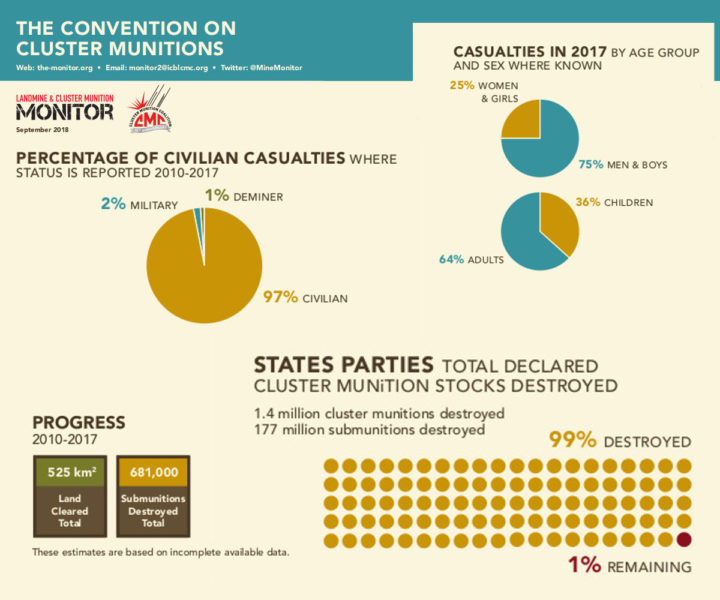 Since the adoption of the Convention on Cluster Munitions in 2008, significant strides have been made in eradicating cluster munitions. This is according to the latest report of the Cluster Munition Coalition (CMC) released on August 31 at the United Nations headquarters in Geneva.
Since the adoption of the Convention on Cluster Munitions in 2008, significant strides have been made in eradicating cluster munitions. This is according to the latest report of the Cluster Munition Coalition (CMC) released on August 31 at the United Nations headquarters in Geneva.
The Cluster Munition Monitor 2018 found that between 2010 and 2017, a total of more than 688,000 sub-munitions were destroyed and at least 518 square kilometres of land was cleared worldwide. In 2017, the overwhelming majority of reported clearance took place in three of the most contaminated countries – all located in Asia Pacific: Cambodia, Lao PDR and Vietnam, where 78 per cent of the global cluster munition-contaminated land clearance and 86 per cent of unexploded sub-munition destruction took place.
“It is exactly 10 years since one of our campaigners who lost two eyes and two arms to cluster bombs went to Dublin to push for a treaty against them. In the period since then a lot of clearance and stockpile destruction has been achieved,” said Jesuit Refugee Service (JRS) Cambodia Director Sr Denise Coghlan RSM. JRS Cambodia is the focal point for the Cambodia Campaign to Ban Landmines and Cluster Munitions (CCBL).

Despite being one of the earliest proponents, Cambodia is not a State Party to the Convention, which prohibits all use, stockpiling, production and transfer of cluster munitions.
CCBL has been actively calling on the Cambodian government to be a signatory to the Convention. “Cambodia must sign the treaty and join the community of nations that decries the horrible suffering these weapons have caused in their past and the past of others,” said Sr Coghlan.
On the day the report was released, the campaign team joined representatives from Hindu, Muslim, Taoist, Protestant, Buddhist, Jewish and Catholic communities in Cambodia to hear landmine survivor and CCBL member Tun Channareth speak. The group also participated in another interfaith gathering of about a thousand people, including government officials, against human trafficking.
“We took the opportunity to hang the cluster bomb banners and show that war often produces human trafficking,” shared Sr Coghlan.

Cluster munitions are air-dropped or ground-launched explosives weapons that release or eject smaller sub-munitions that disperse indiscriminately over a large area. The large number of sub-munitions that fail to explode as intended often result in large numbers of civilian casualties.
It is estimated that 26 million sub-munitions were dropped on Cambodia during the Vietnam War, concentrated on the country’s north-eastern provinces along its border with Lao PDR and Vietnam. Up to six million did not detonate and have remained on Cambodia’s land for over 50 years, where they continue to threaten lives, impede economic productivity and force communities to live with constant fear and uncertainty.

“Ten years after the adoption of the Convention on Cluster Munitions, the treaty has an extremely impressive record of compliance due to the steadfast commitment by States Parties to the agreement’s binding provisions,” said Jeff Abramson, Landmine and Cluster Munition Monitor Program Manager. “This treaty is an example of a life-saving and successful international effort, one that has stigmatised the use of cluster munitions and is helping move us toward a world free of these indiscriminate weapons.”
Download Cluster Munition Monitor 2018 and Clearing Cluster Munition Remnants 2018

